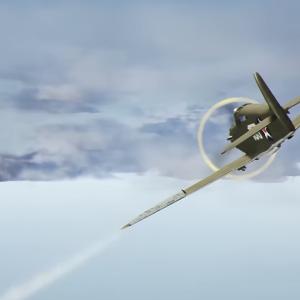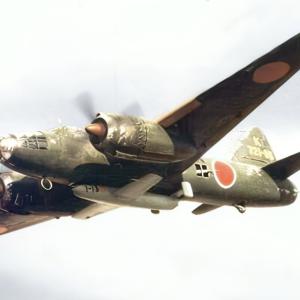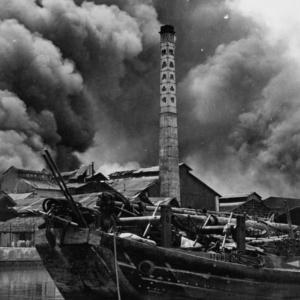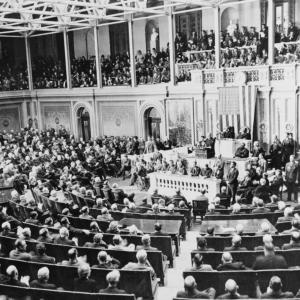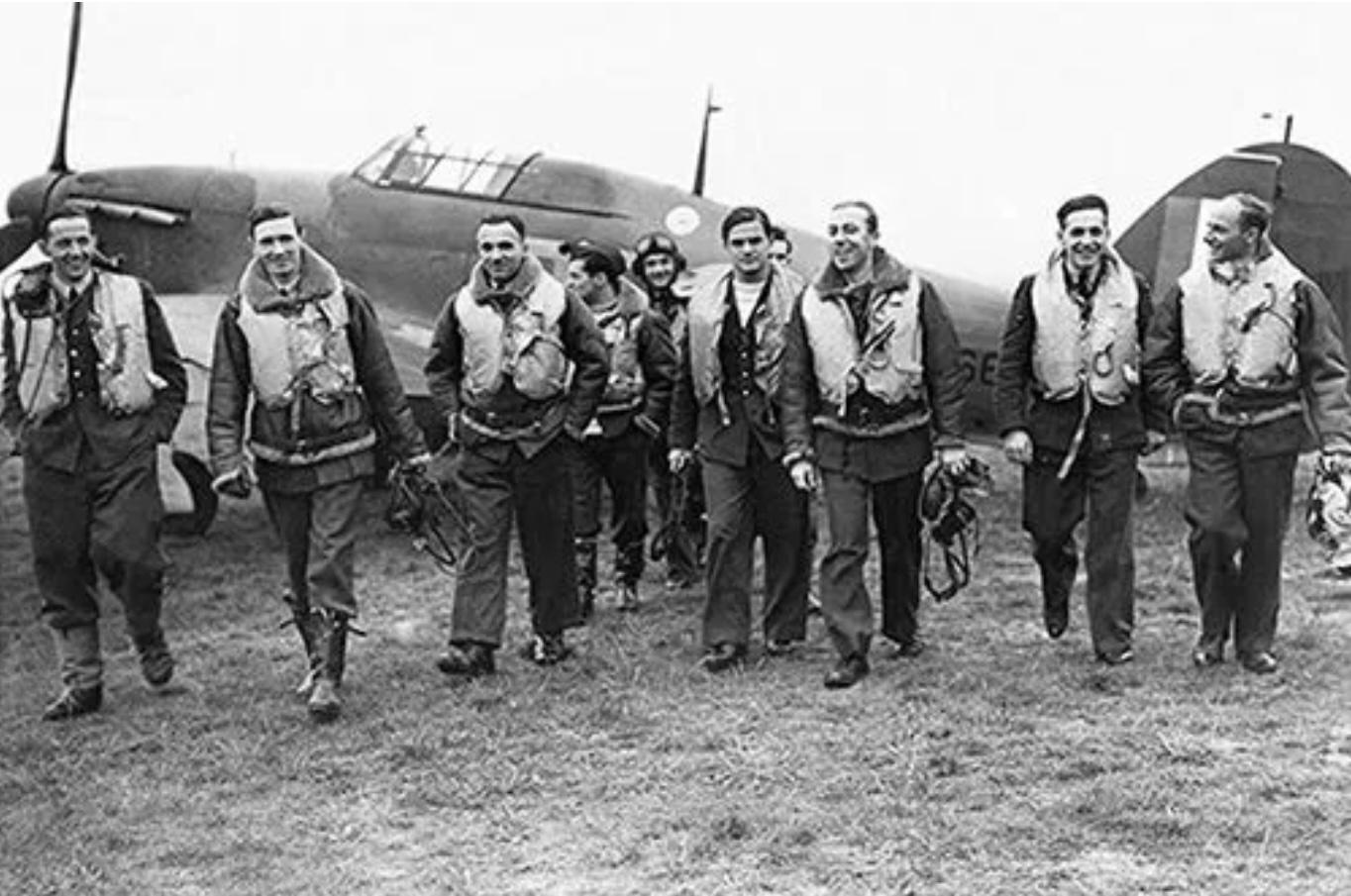
302 & 303 squadrons RAF
In the early days of the Second World War, as the Wehrmacht surged across Poland in September 1939, many of Poland’s finest pilots escaped capture by fleeing through Romania and France, eventually making their way to Britain. Among them were the men who would form the backbone of two of the most celebrated squadrons of the Royal Air Force: the No. 302 "City of Poznań" and No. 303 "Kościuszko" Polish Fighter Squadrons. Driven by a fierce desire for revenge and a deep loyalty to their homeland, these men were determined to continue the fight against the Luftwaffe, even from foreign soil.
Formed in the summer of 1940, both squadrons emerged amid the turmoil and urgency of the Battle of Britain. No. 302 Squadron was established in July at RAF Leconfield, while No. 303 followed soon after, officially forming in August at RAF Northolt. The British were initially skeptical of the Polish pilots, perceiving them as undisciplined and unable to communicate effectively in English. However, these doubts were swiftly put to rest. Once familiarized with British procedures and flying the Hawker Hurricane, the Polish squadrons quickly demonstrated extraordinary skill, courage, and aggression in the air.
No. 303 Squadron, in particular, became legendary. Within the span of just six weeks during the Battle of Britain, it claimed 126 confirmed kills, the highest number of any RAF fighter squadron during that period, despite joining the battle later than others. Pilots like Witold Urbanowicz and Jan Zumbach became household names. Their success owed much to their combat experience, for many had already flown against German aircraft during the invasion of Poland and later in France. They fought with a fearlessness born of desperation—Poland had fallen, their homes were under occupation, and each Luftwaffe bomber shot down was a personal act of defiance.
No. 302 Squadron also distinguished itself in the same period, flying missions from various RAF stations and contributing significantly to the defense of British skies. While No. 303 received more public attention due to its higher score during the Battle of Britain, both squadrons consistently demonstrated high levels of proficiency and played a vital role in challenging German air superiority. As the war progressed, both units transitioned to flying the Supermarine Spitfire and later other aircraft types, participating in offensive sweeps over occupied Europe, bomber escorts, and ground-attack missions.
The bond between the Polish airmen and their British counterparts deepened over the course of the war. The bravery and effectiveness of the Polish squadrons earned the respect of the RAF and the British public, and their contribution became a symbol of international cooperation against Nazi tyranny. Despite the pain of exile and the uncertainty of their nation's fate, the men of No. 302 and No. 303 Squadrons fought with unrelenting determination.
Their record was remarkable. By the end of the war, No. 303 had destroyed over 200 enemy aircraft, with No. 302 achieving similarly impressive results. Beyond statistics, their legacy was one of courage, loyalty, and a relentless spirit that refused to accept defeat. Though Poland would not regain true independence until decades later, the story of its fighter squadrons in the RAF remains one of the most heroic chapters of the Second World War.

